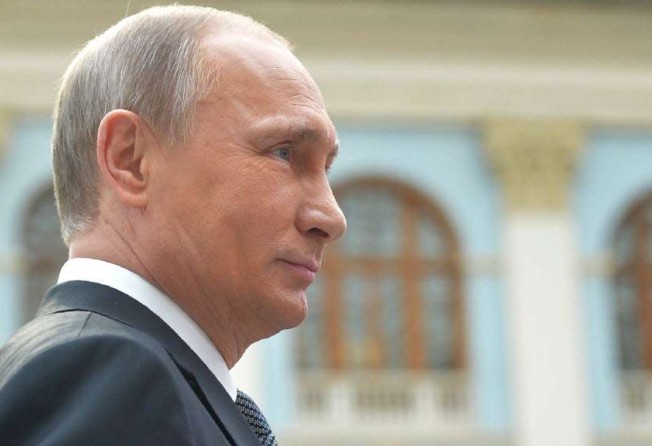Russian central bank sees ‘realistic roadmap’ for offshore Chinese currency centre in Moscow

Russia and China may sign an agreement as early as next month allowing development of an offshore Chinese currency centre in Moscow, the deputy governor of Russia’s central bank said.
A clearing bank in Moscow with Chinese yuan capital could be appointed by China’s central bank by the end of June, during an anticipated visit to Beijing by Russian President Vladimir Putin.
Sergei Shvetsov, deputy governor of the Bank of Russia, said over the weekend his discussions with the People’s Bank of China (PBOC) and finance-sector regulators were “very productive” and the process was “close to being fulfilled”.
Agreements on financial infrastructure, including a depository link between central depositories and a mandate for appointing a yuan clearing bank in Moscow, might come as early as May, Shvetsov said, adding there was “a realistic roadmap for this process”.
The Kremlin has sought to deepen its relationship with China following the imposition by the United States and European Union of sanctions on Russia over its annexation of Ukraine’s Crimean peninsula two years ago. The Kremlin maintains that Crimea was Russian land and its status non-negotiable.
Russian Deputy Finance Minister Alexi Moiseev, who met officials in Beijing on Thursday, also said China and Russia could reach an accord on common financial infrastructure by the end of the year.
Shvetsov, in his Beijing meetings, also raised the possibility of Russia issuing panda, or yuan-denominated bonds, in China.
“According to their understanding, it’s easier and faster,” Shvetsov said. “It’s a new idea and it’s necessary to understand what it means.”
In December, South Korea became the first government to issue a sovereign panda bond when it sold 3 billion yuan (HK$3.59 billion) in three-year bonds in China’s interbank market.
Discussions are continuing on creating a link that would facilitate sales of yuan-denominated debt in Moscow that Chinese investors could have access to, said Shvetsov.
Issuing panda bonds in China would be easier and could be accomplished this year, he added.
Russia said last year it was hoping to issue at least US$1 billion of the so-called OFZ bonds, which are the main treasury bonds used to finance Russian government borrowing on the domestic market, in yuan in 2016.
“The idea to place OFZ is to place a benchmark for the further placement of corporate bonds,” Shvetsov added. “If the placement is on the Shanghai exchange, of course we can create this benchmark, but I’m not sure our corporate borrowers can follow the way of [Russia’s finance ministry] and place panda bonds.”